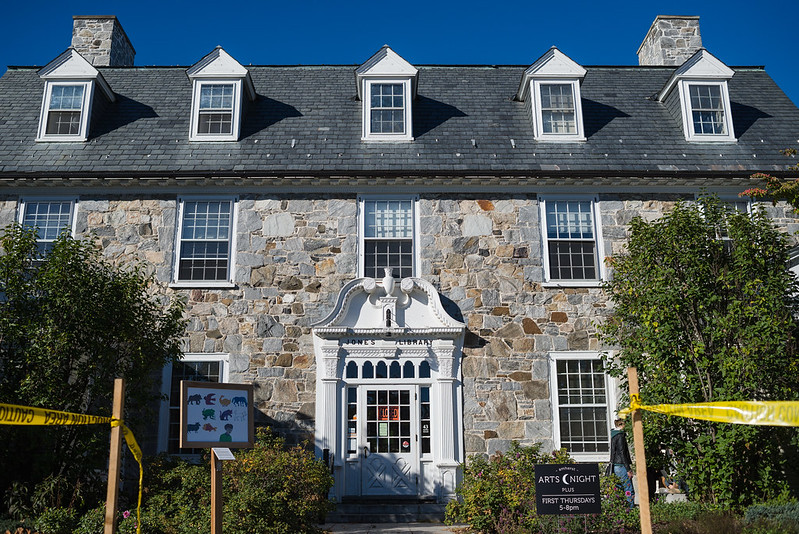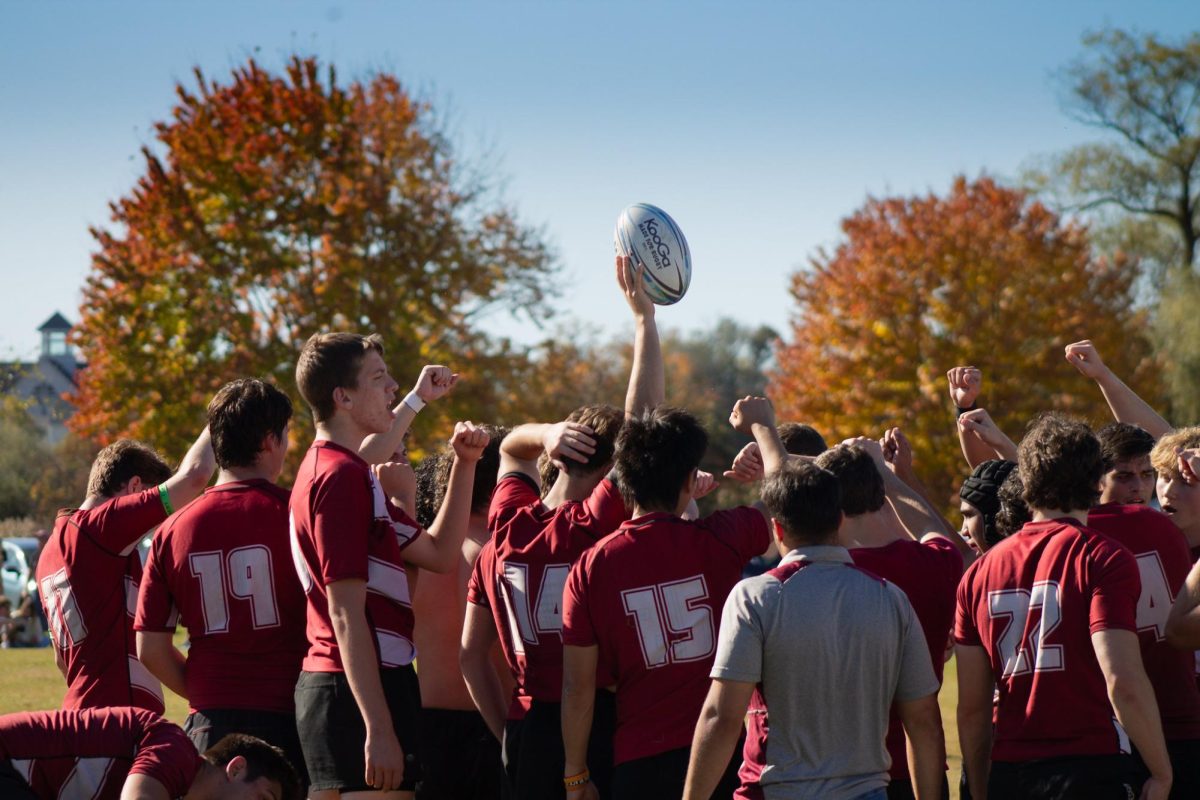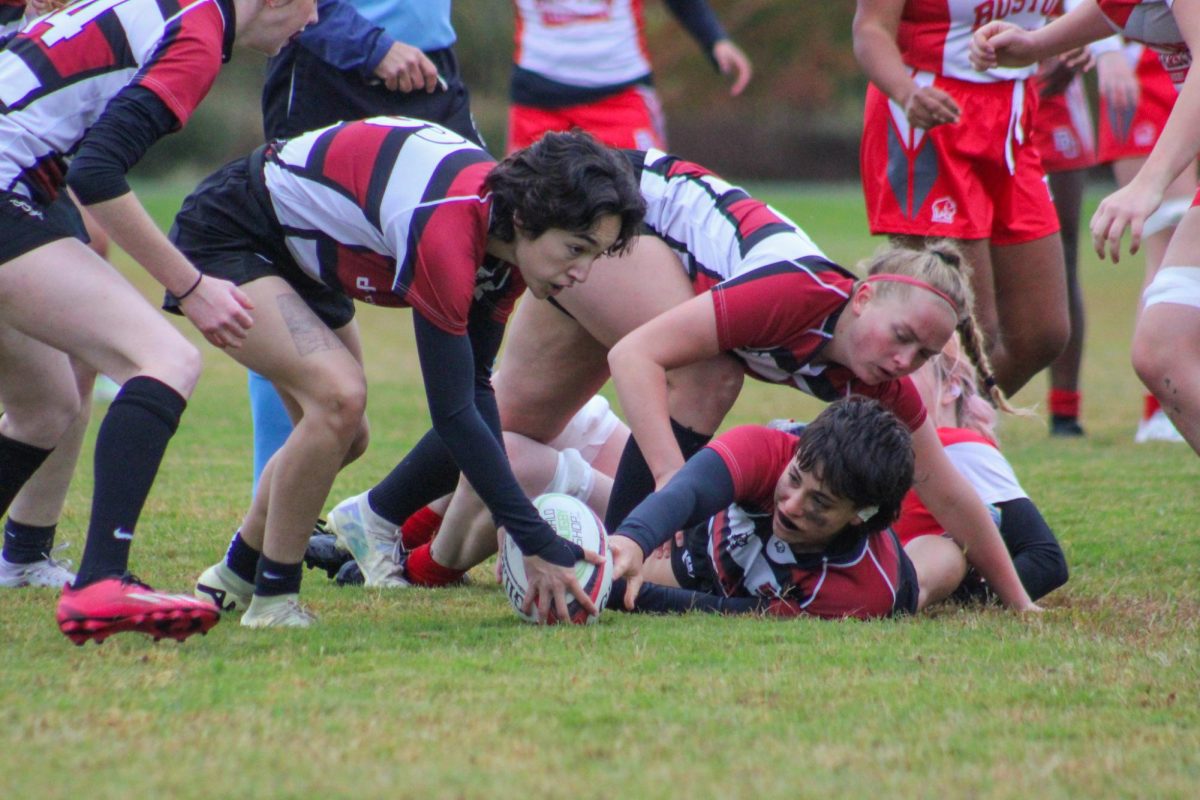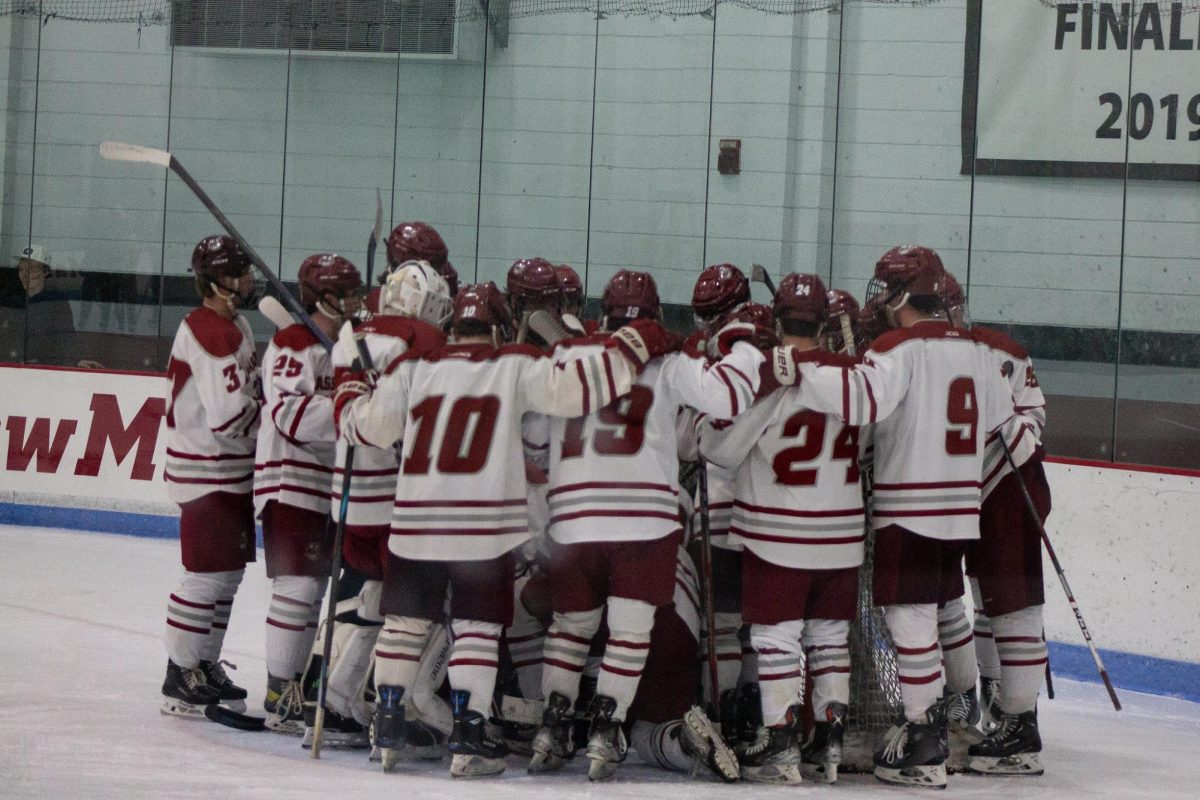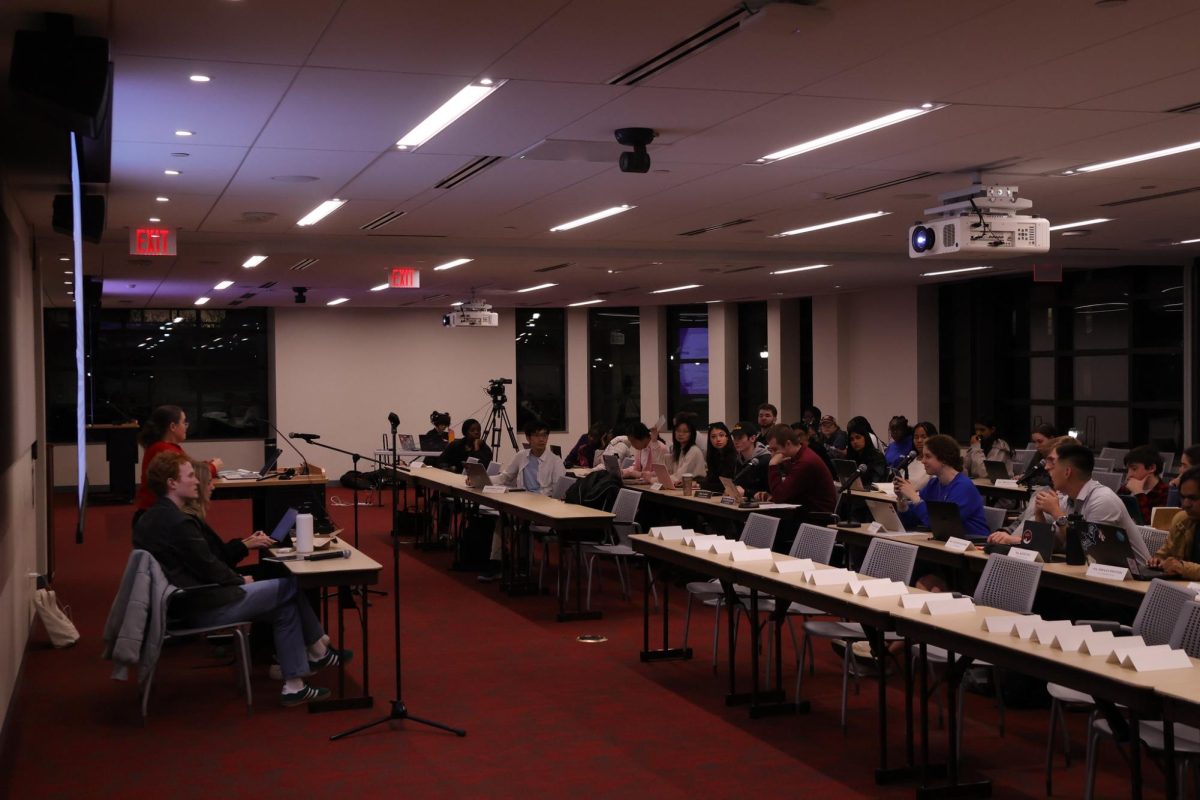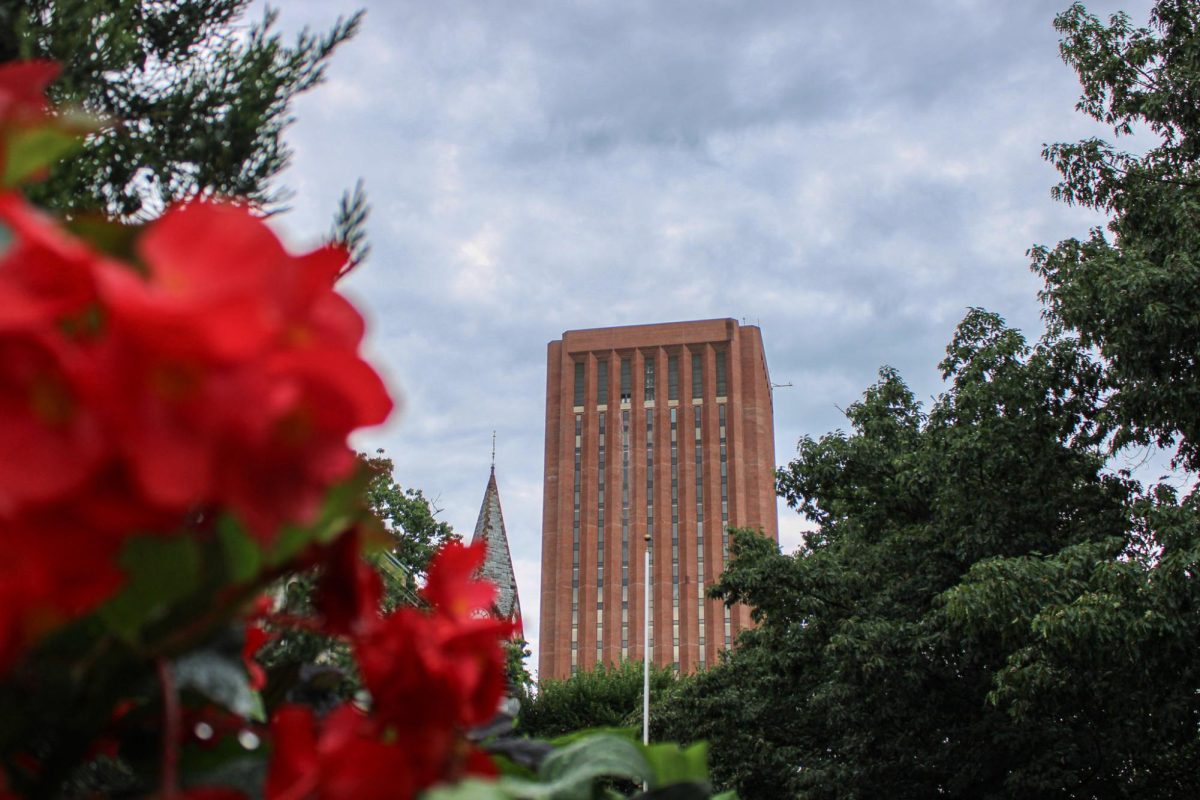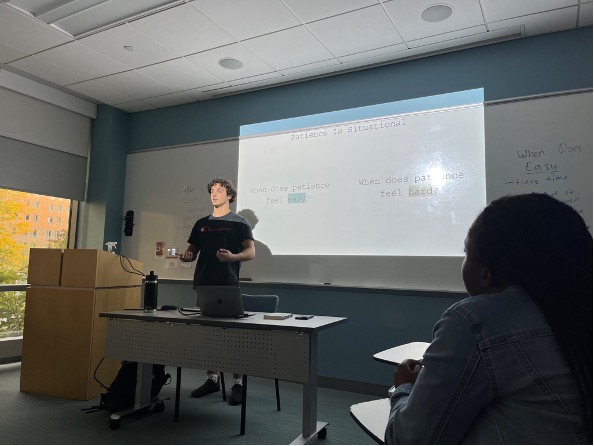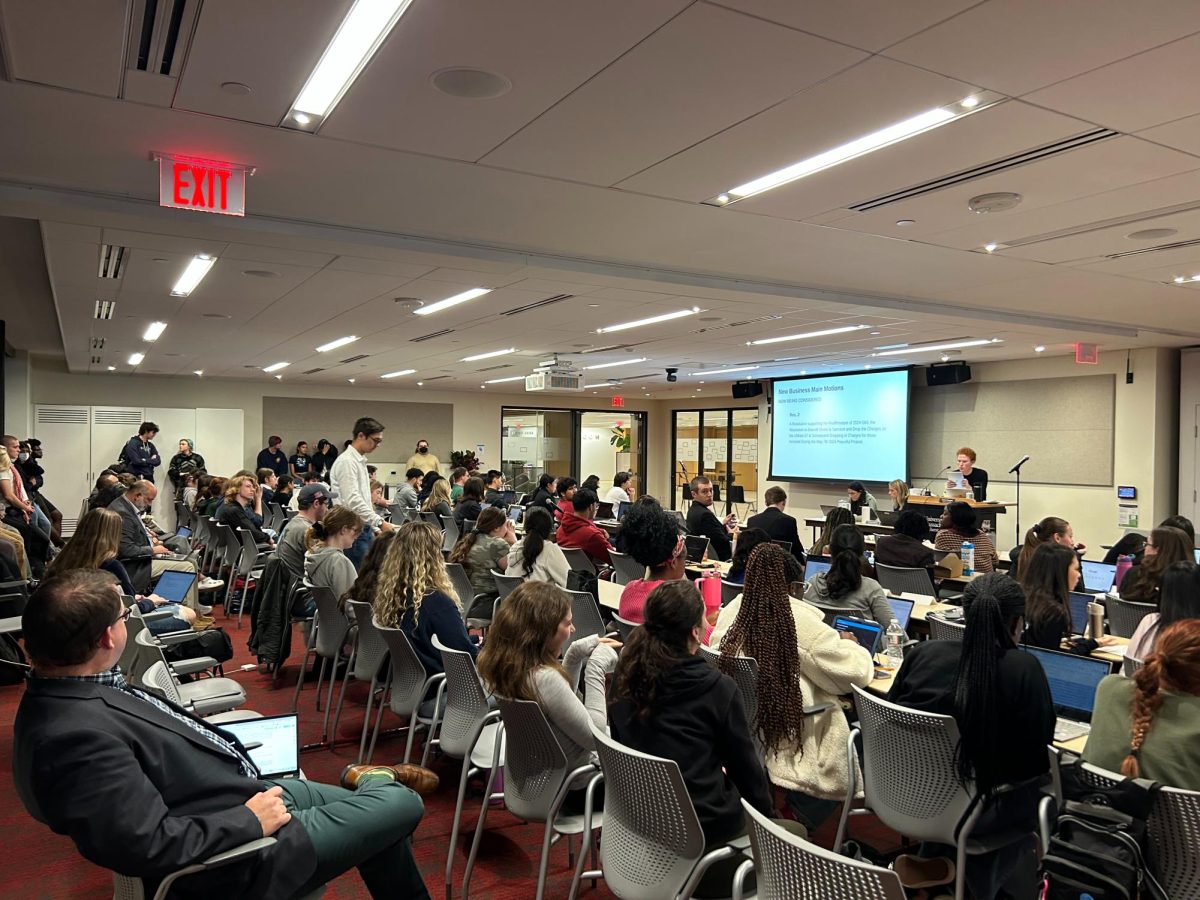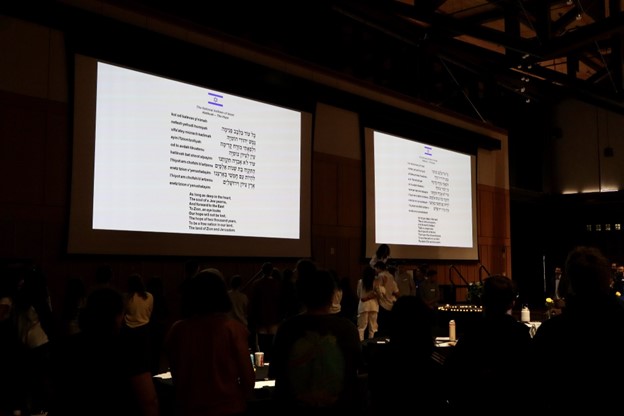This Black history month, three exhibits at the Frost Library, Amherst Town Hall and the Jones Library celebrate Black history in the Pioneer Valley.
Ancestral Bridges Exhibit at the Frost Library
When entering the Amherst College Frost Library, a glass case catches the eye. It holds a letter written by Charles Thompson, with a rally song partnered beside it. Thompson was a soldier in the Massachusetts 5th Regiment who helped fight to end slavery in Texas, the last state to abolish slavery. The letter is written to his sister Mary.
The letter joins many other artifacts within the Ancestral Bridges exhibit and shows the significance that Amherst played with Juneteenth.
The Frost Library exhibit is curated by Anika Lopes, the founder of Ancestral Bridges. Lopes is a direct descendant of many of the historical Black communities in Amherst. When returning to Amherst from New York City, she realized that there was a lack of knowledge of this history within the town.
“In getting connected with the community, I realized that there were really no markers of my family, of the contributions that they had made in the community,” Lopes said. “For myself, I had lived this history… it’s unknown, it had been intentionally erased, all of the above, but I really became motivated to bring it out.”
Lopes concluded that Amherst residents were unaware of Black history in Amherst. Ancestral Bridges, using some of Lopes’ family history, highlights the legacies of Black families from Amherst and the Pioneer Valley.
Ancestral Bridges partnered with Amherst College for the exhibition. Lopes explained that this partnership is entwined with the history of the College.
“Many of the ancestors there, they represent the first Black and Afro-Indigenous people to have worked at Amherst College. There’s generations among generations of those who have worked at Amherst College,” she said.
The exhibit highlights Perry Roberts, an Amherst College employee. His father was enslaved on the same plantation as Frederick Douglass, and Roberts was emancipated as a child. He later worked at Amherst College as a janitor and caterer.
According to Lopes, archives that represent the Black community in Amherst are “full of inaccuracies and offenses and no one questions them.” The exhibit at Frost Library pieces together a more accurate history using Lopes’ close-knit knowledge. Her grandfather was born on Hazel Avenue, in the West Side Historic District, a historically Black and Afro-Indigenous community of around 100 members.
“When you hear him, with a very clear mind, talk about his life, what happened, his parents, his grandparents, this is where you’ll be able to talk about inaccuracies, this is where you can bring archives to life,” she said.
The exhibit has many subsections, with one wall labeled with content under “Entrepreneurship,” “Westside District,” “Service” and “Amherst College.” It features stories of those who worked at Amherst College, and those who spearheaded the first Black churches in Amherst.
Lopes said that there is still a lot of progress to be made to combat our systemically racist institutions. Revealing this history is an important step in understanding and combating these systems. The Black communities of Amherst can serve as inspiration for future generations to grow and change the world despite differences and challenges.
“We can look at systems that were in place, then and we can look at systems and see how they are still in place now… I would not be sitting here saying this to you had it not been for them,” Lopes explained. “So I think it really serves as an inspiration when we look at some of the huge challenges that we have today as a world, and generations…how do we come to common ground to create a world that we can live in?”
The Black Experience in Amherst at the Town Hall
The plaques lining the wall of the Amherst Town Hall feature not only well-known historical figures related to Amherst, such as Julius Lester or James Baldwin, but they also honor the current Black town council and notable community members.
At the very beginning of the hallway, a plaque titled “Black Activism at UMass Amherst” shows multiple actions taken in history to combat racism at the University of Massachusetts and uplift the Black community. In 1968, a group of Black students protested at the Whitmore Administration Building for UMass to create a Black studies department. In 1969, three white professors offered a course in Black studies, paving the way for the African American studies department at UMass.
This coincided with the 1969 establishment of the New Africa House, after a group of white students chased Black students into the New Africa House, previously known as the dorm the Mill House. Black students joined those barricaded in the Mill House in solidarity, and the house was renamed soon after.
The plaque explains that The New Africa House in the 1970s was a “social hub” for Black students on campus, in which many activists gathered to hold meetings and fight for social change.
Another plaque in the exhibit honored Black soldiers who fought in the Civil War, specifically a registry of the first and last names of those who volunteered to fight from Amherst and the surrounding towns.
Another plaque celebrated the Black churches in Amherst, some of which are still a part of the Amherst community today, such as the African-Methodist-Episcopal-Zion Church, the Goodwin Memorial A.M.E. Zion Church and the Hope Community Church. In 2000, the Goodwin Memorial A.M.E. Zion Church was named on one of the National Register of Historic places.
Black History in Amherst and the Pioneer Valley at the Jones Library
In the atrium of the Jones Library a display of books is laid out featuring Black history within the Pioneer Valley. Paired with the books are a set of archives mentioning a few historical families and people in Amherst.
One book on display is by Julius Lester, a former UMass professor, titled “Black Folktales.” Lester has made important contributions both within and outside of the Amherst community. He went to Fisk University, where he was involved in the Student Non-Violent Coordinating Committee and then wrote a wide variety of books before focusing on writing children’s books.
“Somewhere along the line, I don’t know exactly where, somebody said that he could write children’s books,” Katherine Whitcomb, the interim head of special collections at the Jones Library, said. “And boy, did he write children’s books… he wrote mostly about Black folk heroes and folktales, some Black history… his later children’s books often brought in African folktales which were just brilliant to see, hear, and read, and his day job was a professor at the University of Massachusetts.”
After his career, Lester gave his archives to the Jones Library.
The archives laid out in the Jones Library highlight a couple of Black generational families in Amherst – including the Newport family.
“I think the Newports are fascinating because they have such a long history in Amherst, and to some extent, a documented history in Amherst…[they] had been here for well over 100 years, and they had just such a long run here in the town…as other families of color came and went, and there were lots of intermarriages, you might have started out with the Newports, but then it just branched out to this huge tree,” Whitcomb explained.
The Newports long run in Amherst started with Amos Newport, an enslaved man who sued for his freedom. The highest court in the province did not vote in favor of his case, but Newport remained in the area, as did his descendants.
His great-great grandson, Dwight “Doc” Newport, was an athletic trainer at Amherst College, along with his son, Edward Newport, who followed in his path.
A photo from the archives of the Jones Library titled “Three Generations” features Edward F. Newport holding his granddaughter, while his two daughters and son surround him.
“You can see his personality through his photographs, I think,” Whitcomb said. “I certainly never knew him, but I tend to think that that photograph kind of captured, in many respects, who that man was.”
A book that is not physically on display due to high demand is “The History of the Black Population in Amherst, Massachusetts 1728-1870,” which contains a full recollection of African Americans in Amherst, including a registry of each person and aspects of their life.
Another prominent man featured in the Jones Library archives is Robert Gilbert “Gil” Roberts, a well-known banjo player. He played with Louis Armstrong and Josephine Baker and was able to tour the world. One image in the exhibit features Roberts with the banjo in hand, smiling ear to ear.
“You can tell that he is absolutely having the best time playing his banjo, and that’s wonderful that a person from Amherst, and a person of color from Amherst, was able to somehow make this path…he was literally able to see a good portion of the world by doing this. And that wasn’t an option for anybody. For very, very, few people that was an option, never mind people of color in the 20s and the 30s,” Whitcomb said.
The Civil War Tablets and the Bangs Community Center
June 17, 2023 at the Ancestral Bridges celebration of Juneteenth, Civil War reenactment soldiers marched into the West Cemetery to honor those soldiers from Amherst who were part of the 54th and 5th Cavalry.
“It gives you goosebumps… it brings them to life,” Debora Bridges, the curator of the Civil War tablets exhibit, said.
The Civil War Tablets, located in the Bangs Community Center, were initially displayed for the first time for the Ancestral Bridges Juneteenth celebration. Now, they are surrounded by walls full of pictures and artifacts in the Bangs Community Center and are to be eventually moved to the Jones Library Special Collections.
The tablets tell the histories of Black soldiers in the Civil War with a connection to Amherst, naming each soldier who fought and returned or was honored after their passing.
The tablets feature familiar names prominent among the streets of Amherst and the UMass campus, such as Dickinson or Baker. Many families with a long history in Amherst will most likely find their family names on these tablets.
The exhibit also features various soldiers and commanders through photographs on the walls. One of the first photographs is of Robert Gould Shaw, the commander of the 54th Massachusetts Regiment, the first Black troop in the Northeast.
The 54th Regiment was the first African American Regiment in the Civil War. The regiment was created because so many Black men traveled to Massachusetts to fight in the 54th Regiment. Shaw assisted in providing the soldiers with uniforms and military equipment that they were not supplied with.
In 1893, the tablets were erected by E.M. Stanton after being built by the Grand Army of the Republic. They lined the wall of the steps in the Amherst Town Hall until their renovation in the ‘60s, when they were put in storage.
Bridges’ father, Dudley Bridges, was the first to inquire about the tablets. He got funding to have them cleaned and restored, but passed away in 2004 before he was able to display them; they went back into storage.
Bridges has successfully retrieved the tablets from storage and they are now displayed proudly in the middle of the exhibit, surrounded by extensive history lining the walls.
Also featured in the Ancestral Bridges exhibit is Christopher and Charles Thompson, members of the 54th cavalry. They fought in Texas and when the war was won, marched through the plantations to announce to slaves that they were free. They then traveled back to Massachusetts through hostile territories on their own.
“These are people that were here that fought for your rights, that fought and actually let people know Amherst has a history they don’t even realize. This is Amherst history that can be put on the map,” Bridges said.
“They can show these people actually fought and lived in this little town,” Bridges continued, “and it’s not going to be erased or hidden anymore because we are doing everything we can do every minute of the day to make sure these people are not forgotten ever again.”
Eve Neumann can be reached at [email protected].

